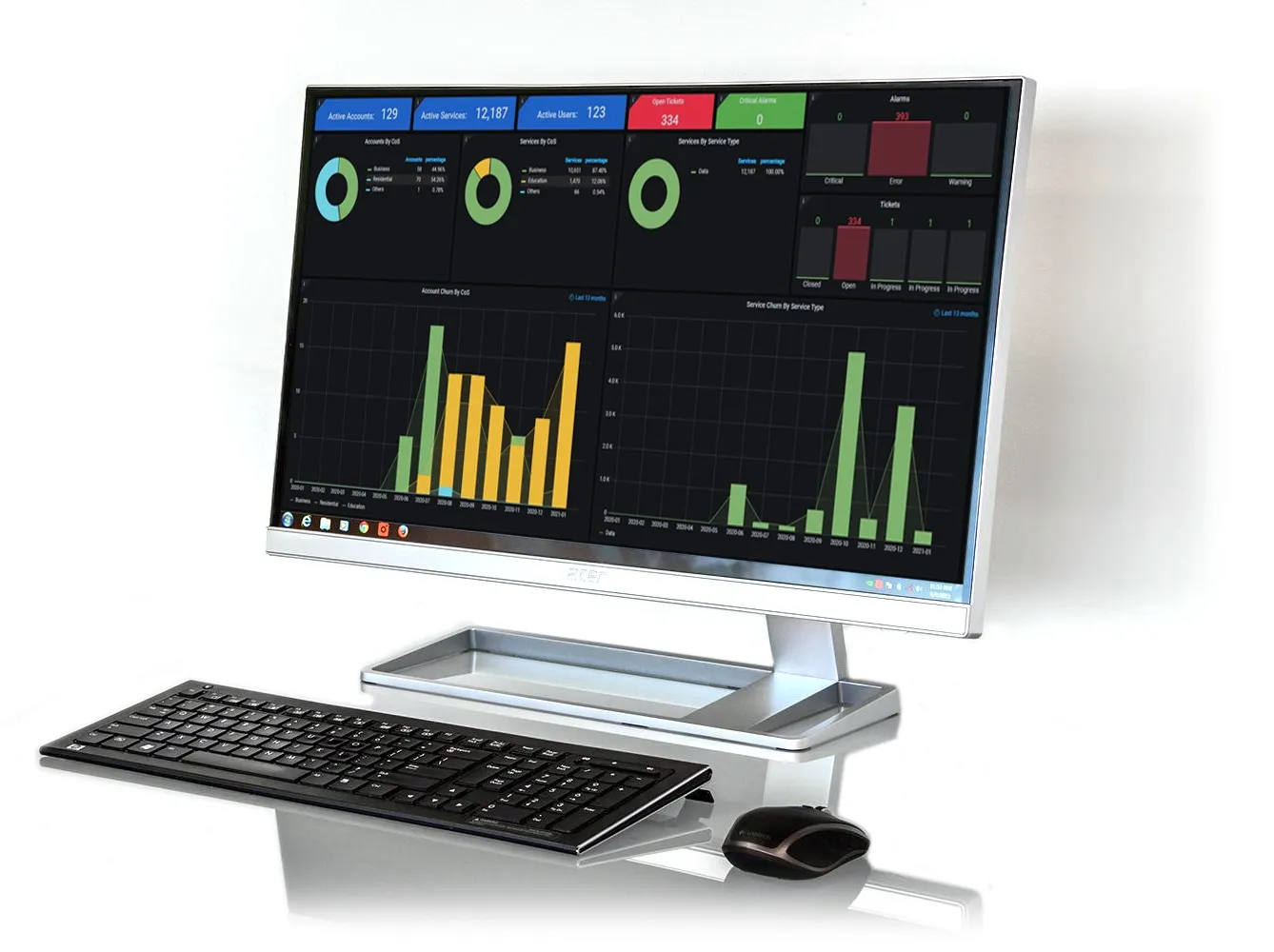IoT SIM Cards & M2M SIM Cards
All about
IoT SIM Cards
Similar to the SIM card your phone uses, IoT SIM cards connect devices to a cellular network. The difference? IoT SIM cards are designed for more robust usage including extreme data demands and harsh environmental factors.
We dive into IoT SIM Cards below.
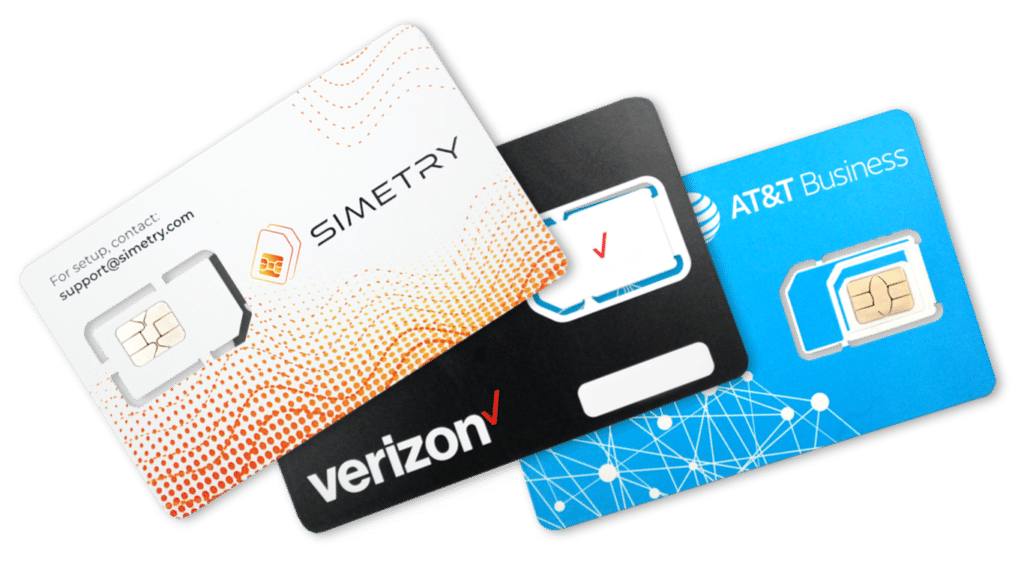

What makes IoT SIM cards different?
IoT SIM Card usage
Cellular network carriers distinguish IoT data usage from other cellular usage with SIM cards designed specifically for IoT and M2M use.
See this list of examples of how IoT SIM usage differs from traditional cellular SIM cards:
- Wide-range of connectivity compared to traditional cell SIMs for remote deployments and stable connection. Simply put, IoT SIMs get better connectivity range.
- IoT SIMs and data plans can be used to accommodate custom data needs such as high-data usage from video cameras and streaming.
- Low power and low data draw: IoT devices that do not pull a lot of data from the network (such as NB-IoT or LoRaWAN devices) use IoT SIMs to limit power strain, data consumption, and cost.
- IoT SIMs are designed to match the rugged environments in which they are deployed - extreme temperatures, impact, vibration, humidity and corrosion.
- Multi-carrier IoT SIMs: Some IoT SIMs can access multiple networks and switch to the carrier with the strongest signal. Learn more about SIMETRY's multi-carrier services here.
- IoT SIMs have better remote access and security capabilities, which allows businesses to protect and access their data from IoT platforms designed for easy device management. Learn more about SIMETRY's IoT Platform here.
IoT SIM Card Sizes
IoT SIMs come in different sizes that fit different applications and devices. eSIMs are typically installed directly to the motherboard of a device and allow for easy remote access and carrier-switching.
Many carriers offer tri-punch cards with 2FF, 3FF, and 4FF cutouts for deployment flexibility.
Standard 2FF
Micro 3FF
Nano 4FF
eSIM MFF2
IoT SIM Cards by Carrier
The major cellular networks have their own IoT SIM cards used to access their network.
With multi-carrier SIMs, like SIMETRY’s multi-carrier SIM cards, you can access multiple carrier networks with one IoT SIM card.
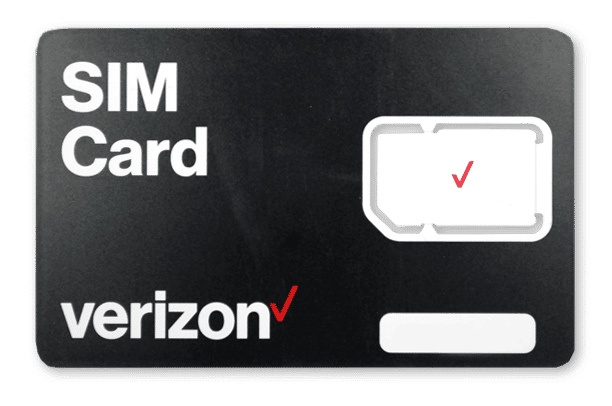
Verizon IoT SIM
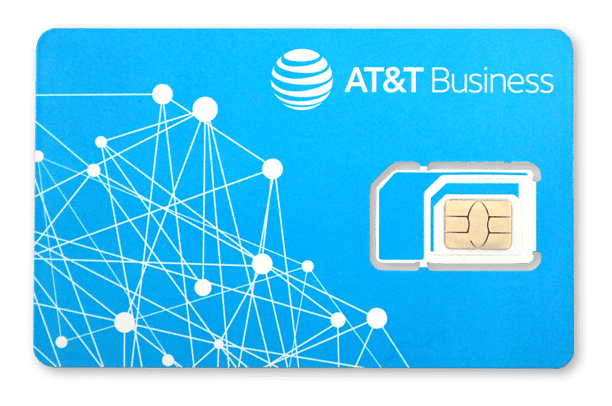
AT&T IoT SIM
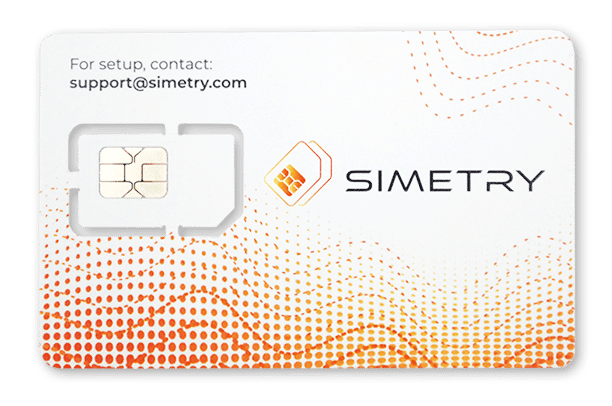
Multi-carrier IoT SIMs
Need IoT SIM cards and data plans? Skip below and contact us.
IoT SIM Card varieties designed for specific uses
types of IoT SIM Cards
IoT SIM Cards (M2M SIM Cards)
Also known as M2M SIM cards, IoT SIM cards are the keys that unlock cellular connectivity to a variety of devices.
IoT SIM cards come in 3 sizes – 2FF (standard), 3FF (micro), 4FF (nano) – plus triple punch cards that allow you to choose between sizes. IoT devices determine the SIM size, so it is important to confirm the required size before ordering SIM cards.
Carrier-specific SIMs connect to one carrier only. For example, a Verizon IoT SIM will provide connectivity from nearby Verizon cell towers.
How do SIMs Work?
The SIM operates as the sender/receiver from an IoT device to nearby cell towers. Carrier-specific SIMs connect to one carrier only.
CAT-M1 IoT SIM Cards (LTE-M)
Cat-M1, also known as LTE-M and Cat-M, is cellular connectivity designed specifically for for low-power, wide area (LPWAN) IoT devices.
Cat-M1 SIMs are designed for devices that transfer small amounts of data and pull very little power at a low bandwidth.
Cat-M1 SIMs and data are a steady, reliable solution for LPWAN. Narrowband (NB-IoT) and LoRaWAN are both LPWAN solutions that use Cat-M1 SIM Cards.
Because of the smaller frequency bands, a single cell site can support more devices. So, you can have more devices connected in one area.
When Does Cat M1 Make Sense?
This illustration shows a valid use case for CAT-M1; a remote crop monitoring operation where multiple sensors spread out across a wide area are are transferring low amounts of data over the network.
Ruggedized IoT SIM Cards (Industrial IoT SIMs)
Ruggedized IoT SIMs are designed to meet the tough requirements of industrial applications.
Many IoT devices operate outside where extreme temperatures, humidity, corrosion, and vibration reduces lifespan. Ruggedized IoT SIMs are ideal for these devices.
Lifespan is 15 years, compared to a standard IoT SIM’s 10 years. Temperature limitations range from -40°C to 105°C, compared to standard IoT SIMs -25°C to +85°C.
Industrial IoT SIMs ensure your mission-critical IoT devices maintain connectivity.
What does "ruggedized" mean for IoT SIMs?
Ruggedized IoT SIMs have a longer life before replacement, and operate in harsh conditions including extreme temperatures and vibration.
Mult-Carrier Sims (Smart SIM)
Multi-carrier SIMs (Smart SIMs) are designed to connect with a variety of carriers. Smart SIMs are ideal for mobile connectivity solutions because they can switch between carriers and prioritize the best connection.
Multi-carrier IoT SIMs also allow for inter-state and international coverage. With multi-carrier IoT SIMs, you don’t have to physically swap SIM cards out to get coverage on another network.
IoT platforms allow for simple device management across multiple carriers. SIMETRY’s multi-carrier platform allows users the ability to track usage across multiple carriers and add carriers when needed.
Multi-carrier SIMs for Mobile IoT Solutions
Multi-carrier IoT SIMs provide reliable connectivity for mobile asset tracking.

Need IoT SIM Cards?
Need a custom IoT data plan?
Get IoT SIM cards and IoT data plans from SIMETRY
We offer turnkey IoT solutions designed to keep your operation running smoothly. Order major carrier IoT SIM cards, multi-carrier SIMs, data plans, cellular cyber security, and services with a unified platform from SIMETRY.
Contact Sales
A dedicated account manager will be in touch.
Estimated time to complete: under 1 minute.
- Speak with sales
- 1-833-746-3879
- Mon-Fri 8AM-5PM CST
- Build an IoT plan
- Get a hardware quote
- Onboard your devices
